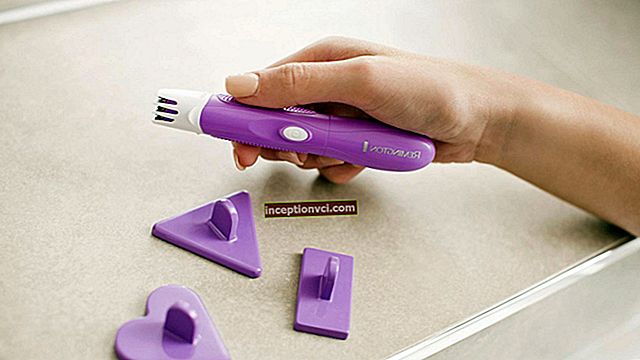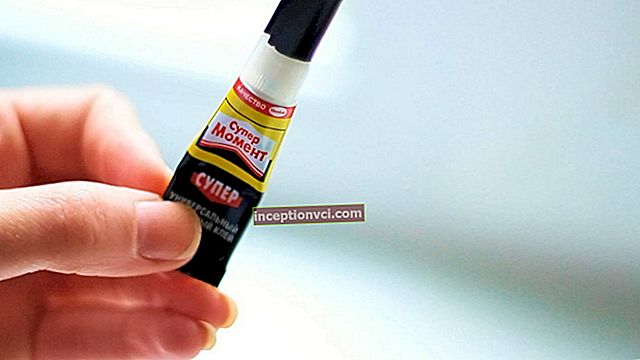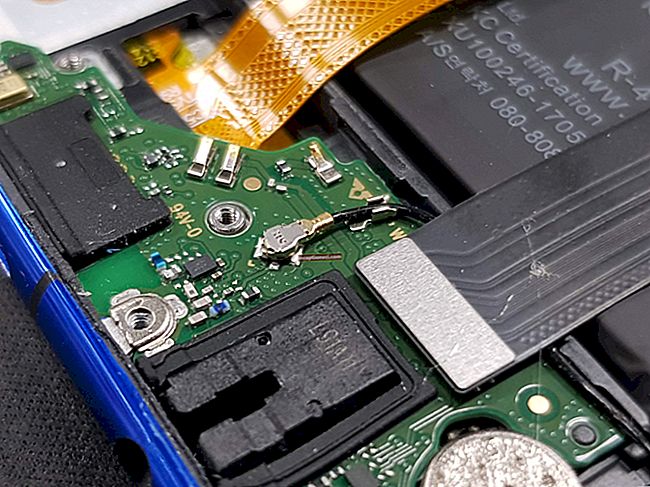
In principle, the correct colors can be squeezed out even from monitors on a TH-matrix, the only question here is your patience. The problem with such matrices (which are the majority on the market) is that in overexposed and darkened areas they incorrectly interpret the video card signal and display the color incorrectly. Calibration helps to deal with this and many other disadvantages. Even if you are more fortunate and have a monitor on IPS, PVA, C-PVA or MVA-matrix, even they need calibration, albeit to a lesser extent. True, such monitors are already well calibrated from the beginning, and they come with special software that allows you to do this without much effort.
What are Calibrator Programs?
These are free programs for actually manual calibration of the monitor based on the readings of a natural and accurate standard - your eye. These are significant savings compared to hardware calibrators (in fact, only professionals need them), and they have many undeniable advantages. There are many such programs, but they all work according to the same principle.
How do I start calibrating my monitor?

Since the temperature on the matrix is very important during the calibration process, it must be stable, the same applies to the backlight, for this type of matrix it is by its nature very uneven, but we need to squeeze out the maximum, so we leave the monitor to work for a couple of hours, it is better if it is it will be four o'clock. But not just work in one application, but you need to turn on a dynamic film so that all areas are warmed up evenly.
The next point that deserves attention is the lighting conditions. In this case, the most important thing is, first of all, the stability of the lighting. Therefore, for calibration, it is better to choose a sunny day, around lunchtime, when there is still a lot of time left before sunset. As for light sources, make sure that the same table lamp does not shine in your face or shine from behind (especially if the display coating is not matte, but glossy). Our goal at this stage is the most calm, stable and soft light.
The colors of the LCD display tend to change when the angle of view changes. For some types of matrices, this is manifested to a greater extent, in some to a lesser extent, but this is typical for all. This is especially true for vertical corners, not for horizontal ones. Accordingly, you need to ensure a stable position of the eyes and the same position of the monitor in relation to the eyes (do not forget about the ambient light if you tilt the display).
Let's start calibration using software
Before starting, you should be clear about what exactly you want to achieve with the calibration. And that's why. Of course, you can entrust the entire process to the program, and it will do everything automatically based on the data that the monitor receives from the video card, but in this case the result will be unsatisfactory, to put it mildly.
If you decide to take a more difficult path, you will have to peer at the monitor for a long time (the process itself is quite lengthy and boring), and besides, it is a big burden for the eyes. Therefore, it is important to periodically take breaks and give your eyes a rest, otherwise the calibration will turn out to be very inaccurate, and to redo everything again - not everyone has enough nerves.
What software should I use?
There are a huge number of calibration programs on the market, but they are all quite difficult to master, and the most advanced ones suggest first reading a 400-page manual on color theory and only after that proceed to calibration. Of the complex solutions that do not require such a serious approach, the Adobe Gamma program can be distinguished.Its advantage lies in the fact that it analyzes the connection between your monitor and the video card and already calibrates this kit, adjusting the profile of the monitor and the video system as a whole.
The program runs from the command line, but its interface is very friendly. It is ideal for beginners as it offers a Wizard mode. If you want to tinker a little longer, and as a result, get a better result, you can use more advanced software packages like Eberhard Werle QuickGamma, TFT Test, PassMark Software MonitorTest and Atrise Software LUTCurve. The latter is recognized as the best program of its kind, but you need to have a good idea of what you want to end up with.
Useful article: "8 important parameters for choosing a monitor"
Watch the video review of the AOC G2460PG Super Affordable Gaming Monitor









